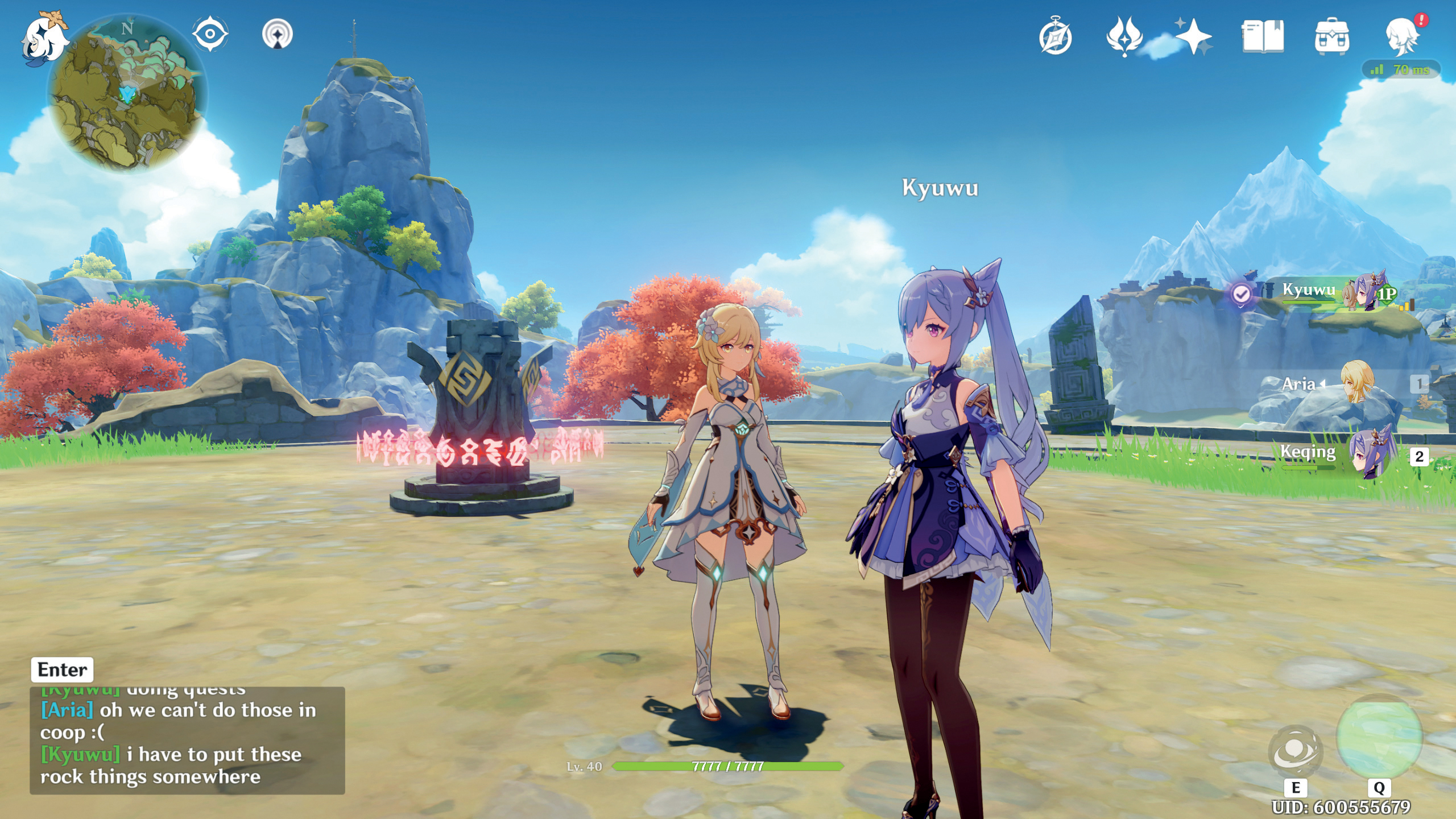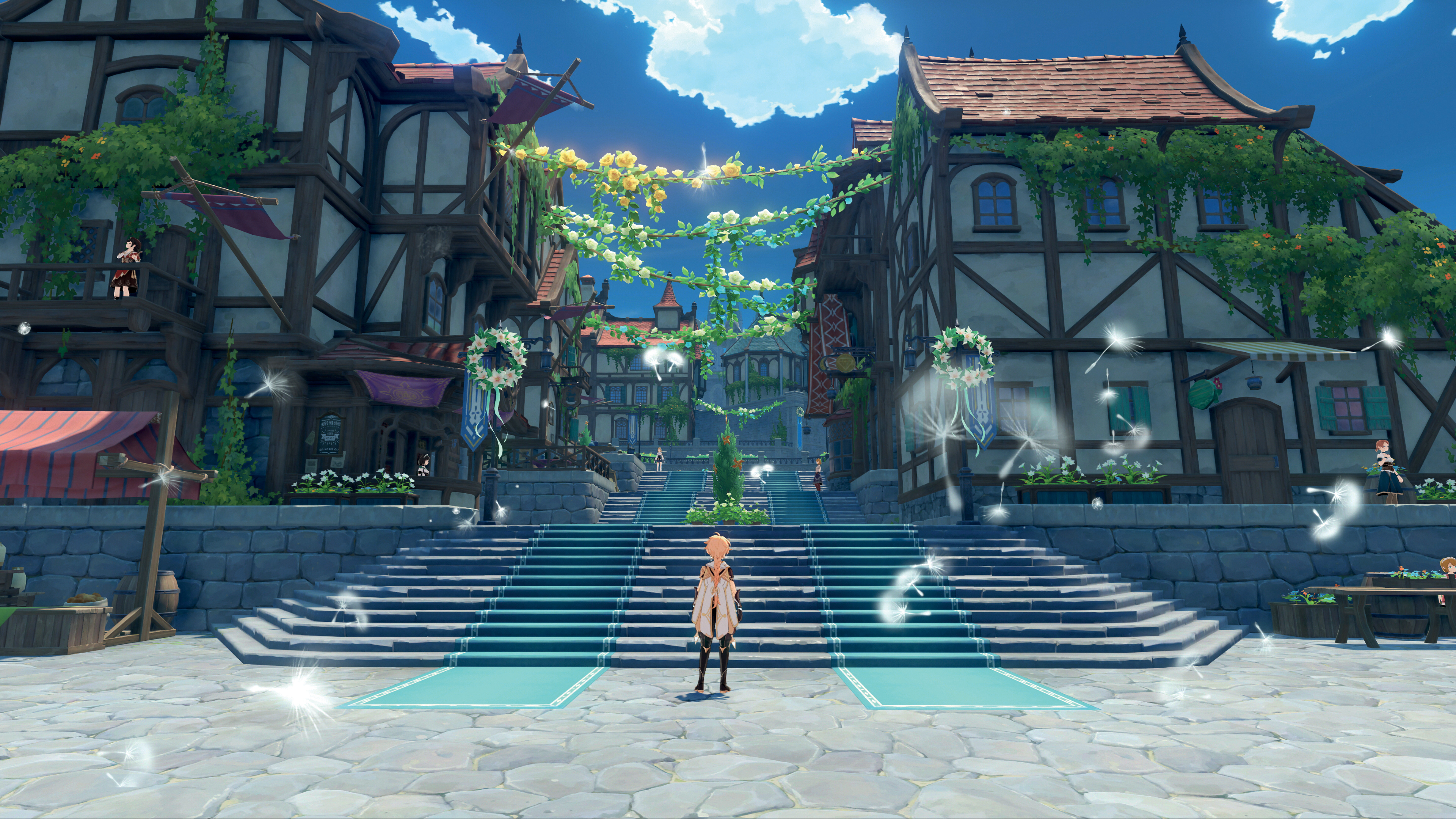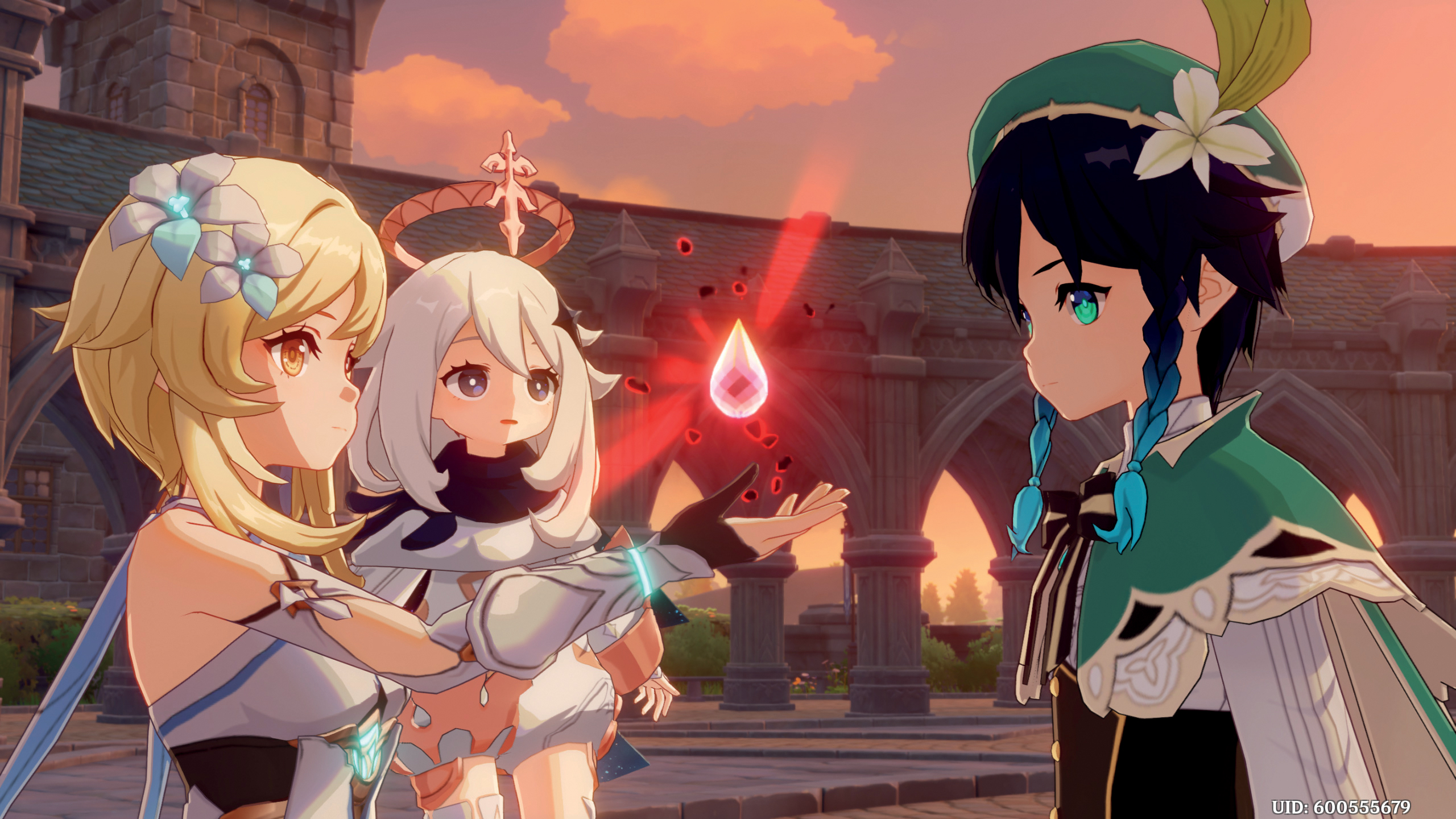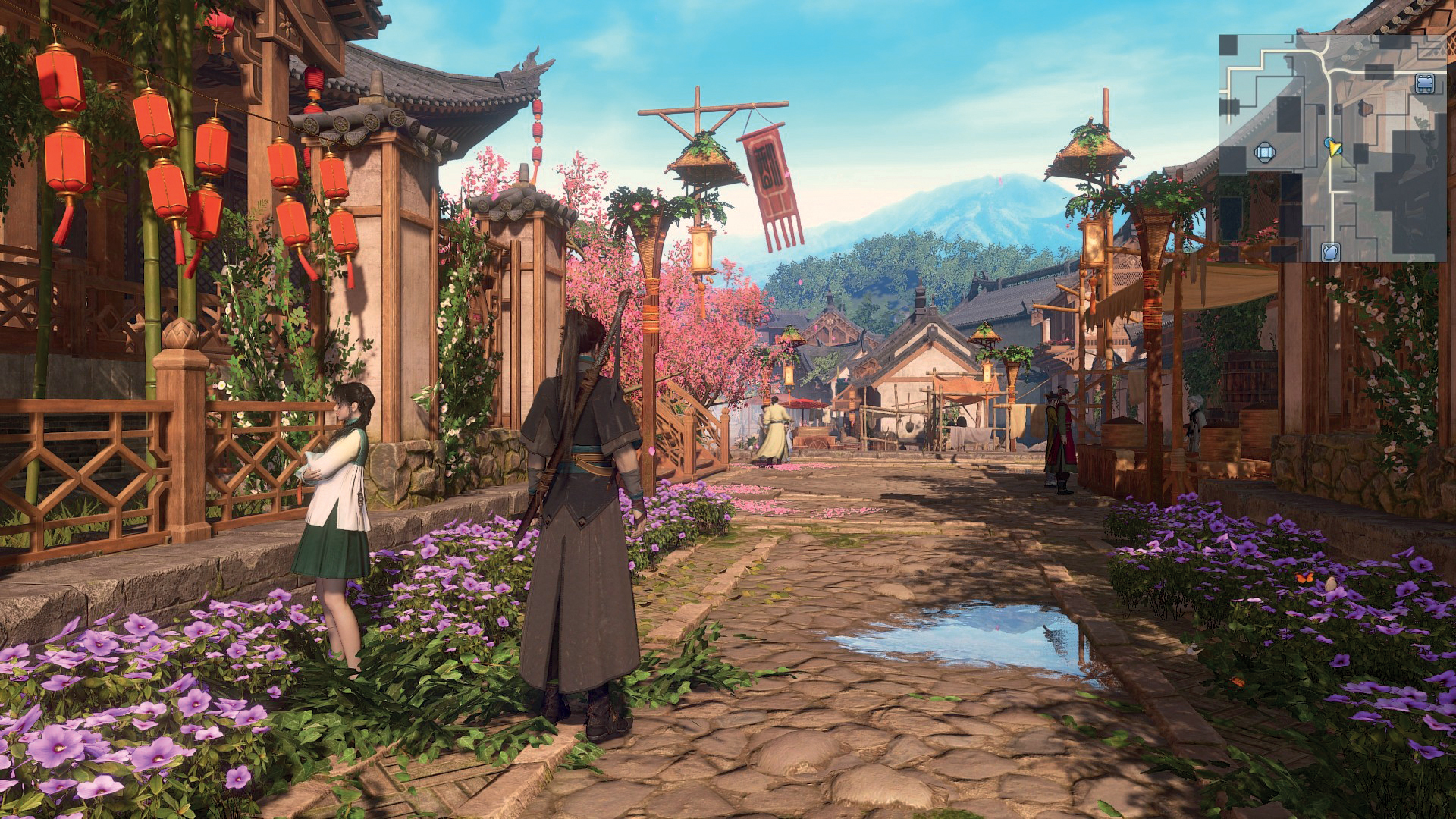How Chinese free-to-play RPG Genshin Impact conquered the world
There's no escaping it.
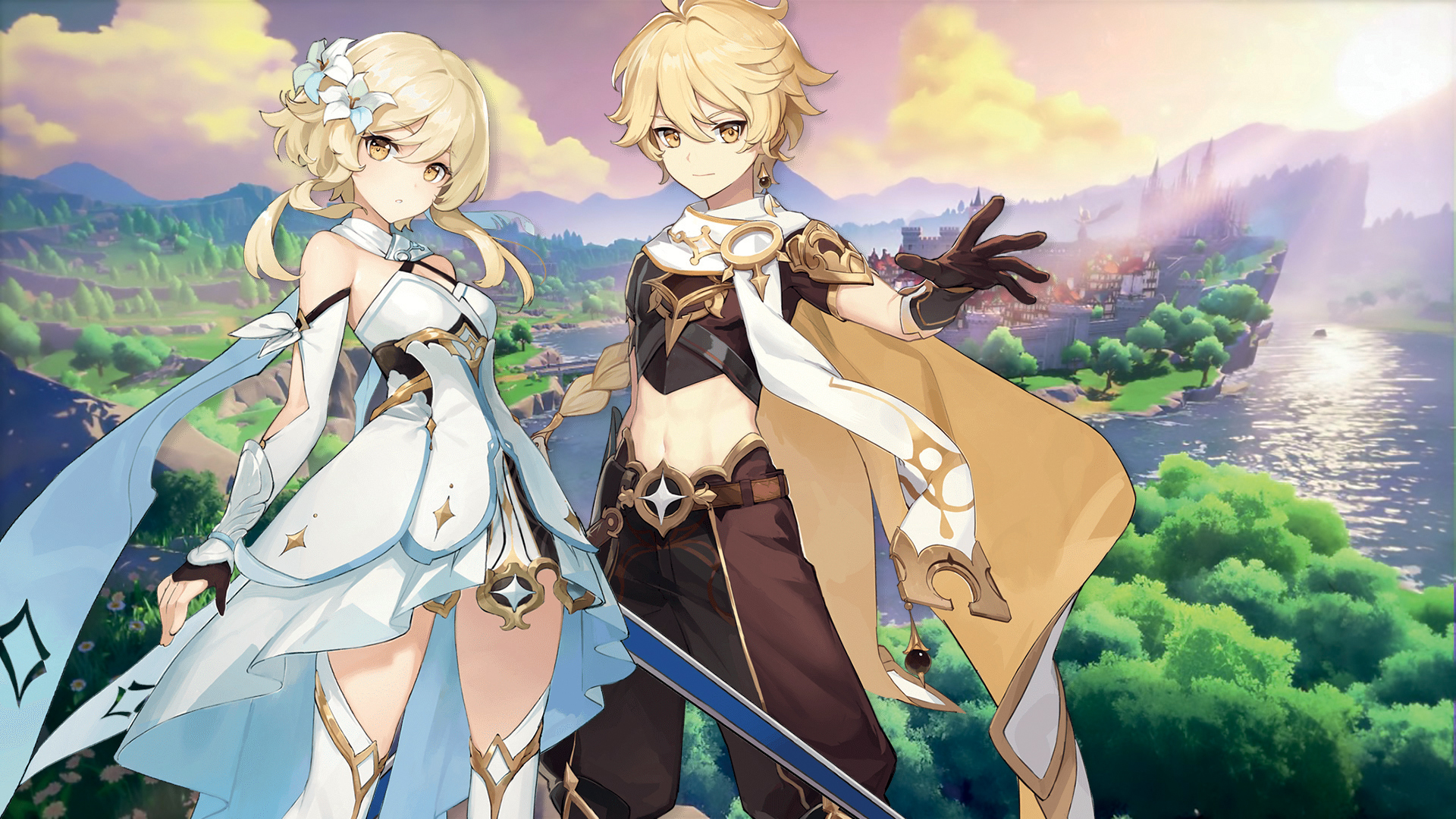
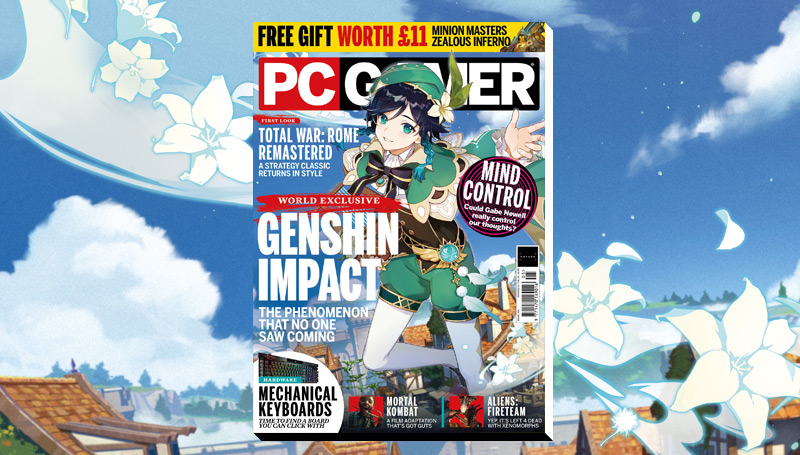
This article first appeared in PC Gamer magazine issue 356 in April 2021. Every month we run exclusive features exploring the world of PC gaming—from behind-the-scenes previews, to incredible community stories, to fascinating interviews, and more.
When Genshin Impact launched last year, no one saw its huge success coming. It was obviously pretty, sure, but it was also easy to write off as another Chinese free-to-play mobile game filled with microtransactions and high-pitched fairy sidekicks. What wasn't apparent was how it would transcend the negative stereotypes, pulling inspiration from beloved classics like Nier: Automata and The Legend of Zelda: Breath of the Wild to create an RPG that manages to feel both nostalgic and innovative. Or how its developer, MiHoYo, would come to exemplify China's evolving games industry.
In the span of just a few months, MiHoYo has become one of China's most prestigious gaming companies. And since its 2020 launch, Genshin Impact has raked in an estimated $874 million and still continues to pull in around $175 million a month—and that's just from mobile players alone. To put that in perspective, it took Fortnite's mobile version nearly two years to cross the billion-dollar threshold. Genshin Impact is not only fantastic, it's also the biggest global launch of a Chinese game in history. Not bad for a company that, just a decade ago, was made up of just three anime nerds who were fresh out of university.
If you started reading this and had to flip back to the front cover to double-check that this was still PC Gamer, I don't blame you. But don't be deceived by its roots in mobile games; Genshin Impact is a big step toward a future where games are free from the barriers of your chosen gaming platform. A future where big-budget open-world RPGs look virtually indistinguishable between their PC and mobile versions. And all this started because MiHoYo's three founders, Cai Haoyu, Liu Wei and Luo Yuhao really love anime.
"Our inspiration was born from our passion for technology and [anime, comics and gaming] culture, and we wanted to share this passion with the world," Cai tells me. "The other reason was we didn't see many anime-style games that really intrigued us, so we decided to create a company to make anime games that were exciting for us."
Otakus save the world
Traditionally a Japanese word for socially incapable dorks obsessed with anime, Cai, Wei and Luo have turned 'otaku' into a badge of honour. It's baked right into MiHoYo's slogan "Tech otakus save the world".
That emphasis on games for otakus, by otakus came to define MiHoYo's first few games. Before the company was even officially founded, the trio released FlyMe2theMoon, a simple mobile game where you control a cutesy anime girl with a jetpack, gliding through twisting levels to collect gems and stars. But even the release of MiHoYo's earliest mobile games like undead brawlers Zombiegal Kawaii and Guns GirlZ demonstrated two things: a shrewd awareness of what was popular in gaming (both games came out around the time that zombie survival games like DayZ were exploding) and a knack for killer art.
Early on, Cai explains, MiHoYo found success by sticking to what it knew. Instead of following the trend of a lot of popular Chinese free-to-play games, which were competitive but also flagrantly pay-to-win, MiHoYo went in a different direction. It gambled everything on otakus' thirst for anime girls. "In the early years of our company, we sought to make products for a rather niche market and user demographic," Cai explains. "Our team was also still very small at the time, so we narrowed our focus to a specific player base."
Keep up to date with the most important stories and the best deals, as picked by the PC Gamer team.
During the China Games Industry Annual Conference in 2017, Liu described this approach as "paying for love". The philosophy was simple: if you make the girls cute and personable enough, players will pay out the nose to unlock them. But as MiHoYo grew and took on more ambitious games, Cai said that mission broadened too. MiHoYo's flair for character design didn't have to appeal only to thirsty dudes. But despite a rapidly swelling audience, the studio was still struggling—like most Chinese developers—to make games that appealed to an audience outside of Asia.
Levelling up
It's not news that gaming is a big deal in China, but it's important to realise just how big it really is. Analysts predict that soon there'll be more PC gamers in China than the total population of the United States, and PC gaming is just one slice of a larger gaming pie that is mostly made up of mobile gamers. But despite being a $40 billion industry, it's also one of the most regulated in the world.
Before any game can be sold in China, for example, the government requires it to undergo a rigorous censorship process that can take months to complete—and if your game is overly violent, sexy, or features anything from political commentary to occult magic, it runs a decent risk of being rejected. The mobile version of PlayerUnknown's Battleground, for example, was infamously remade into Game For Peace, a pro-China reskin where players politely wave goodbye after you shoot them in the face. That kind of censorship has created a desperate need to make games that don't just rely on the volatile Chinese market, but the obstacles are just as daunting.
It's not just that games need proper localisation or themes that appeal to players outside of China, either. China's game development scene is also undergoing rapid 'industrialisation' as Daniel Ahmad, a senior analyst at Niko Partners, tells me. For years, Chinese developers were stuck either making free-to-play MMOs and pay-to-win mobile games or working as outsourced mercenaries for big-budget studios outside of China. Even Ubisoft's Shanghai studio, founded in 1996, was mostly a helping hand for the main teams in Montreal and Toronto.
Because all the money was in mobile games or MMOs, China's games industry was a lot more homogenous than in other countries. The indie explosion that took the global games industry by storm around 2010 was just a gentle breeze to most Chinese developers. But that's changing as the industry matures and new technologies like Unity, the consumer-grade game engine Genshin Impact is built on, become more ubiquitous. "We're now in a position where Chinese game developers are able to reach [all kinds of] players," Ahmad explains. "Not just on mobile in China or globally, as it had been for the past few years, but also now on PC and console to the same extent as Western developers."
On PC, that means regularly seeing new Chinese indie games dominate Steam's top-seller charts, like Dyson Sphere Program and Tale of Immortal. But it also means independent Chinese developers, like MiHoYo, finally have the talent and tools to compete with the world's most popular studios. All MiHoYo needed was a killer game that could appeal to as many players on as many different platforms as possible.
Clone wars
If there's a secret sauce to all of MiHoYo's games, it's that each liberally swipes ideas from a variety of beloved genres and games. Honkai Impact 3rd, which released on PC in 2019, is literally the kitchen sink of games: a hack-'n'-slash RPG that also somehow manages to incorporate everything from bullet hell shoot-'em- ups and MMOs to dating sims.
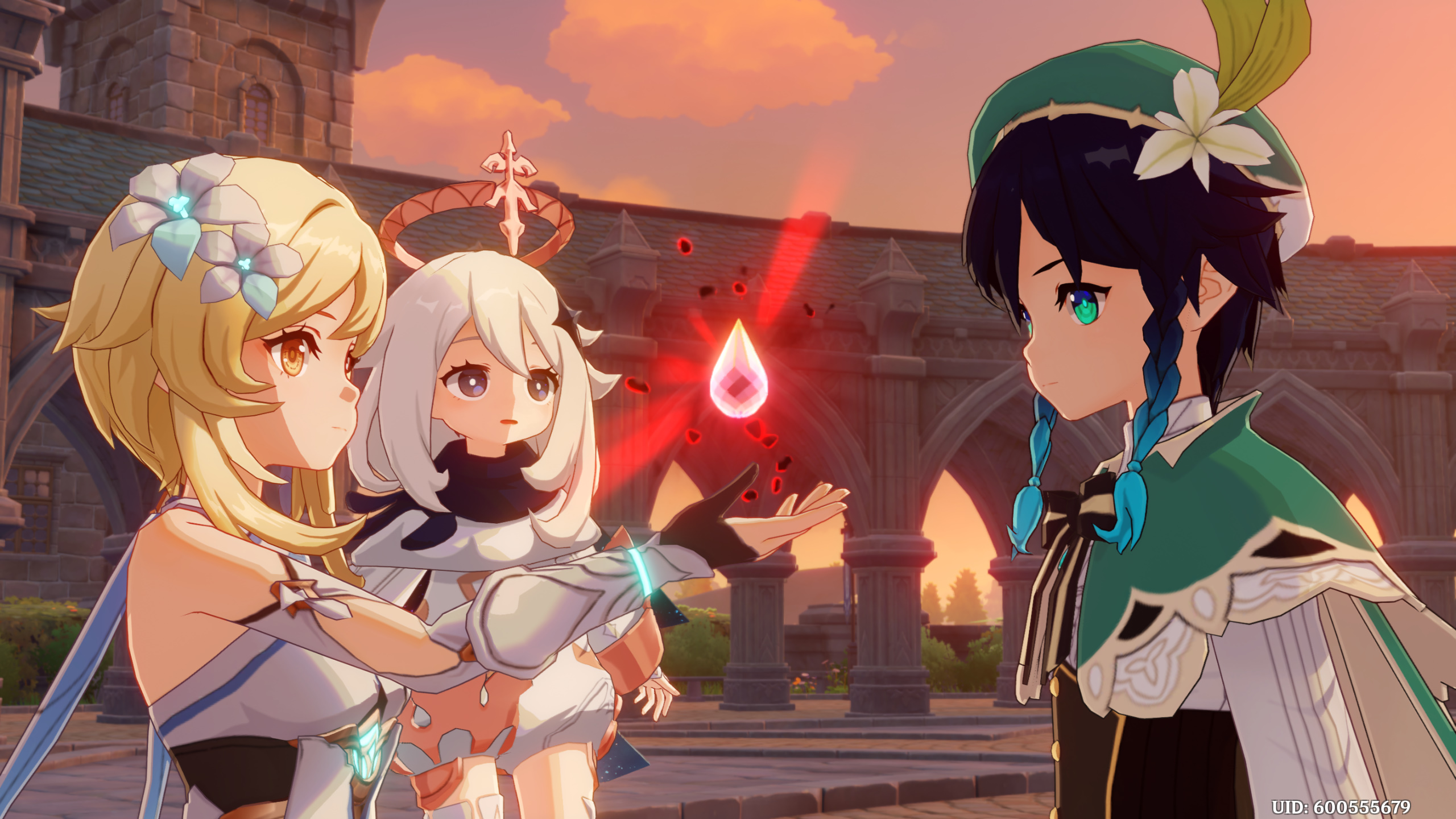
Genshin Impact guide: 9 beginner tips
Genshin Impact characters: Full tier list
Genshin Impact map: All Anemoculus locations
Genshin Impact code: Rewards and how to redeem
Genshin Impact build: The best overall setups
Genshin Impact is a more focused experience, but a big part of its initial appeal was its similarity to other games. Not everyone found its imitation flattering, though. When Genshin Impact was first announced, players were incensed by its obvious similarities to Breath of the Wild. In addition to a ton of online backlash, one player went so far as to smash his PlayStation 4 in public at the ChinaJoy gaming convention in protest. Cai says the team never saw the outrage coming.
"Honestly, we were quite surprised," he says. "Although we had various betas before the game's official global release in September 2020, only a small number of players were actually invited. So, given that most people hadn't personally experienced our game yet, it's only natural that there were some misconceptions and misjudgments."
Genshin Impact was never meant to be a malicious clone, riding on the coattails of more popular games. It was a love letter to them. "I remember that the Breath of the Wild developers gave a presentation at the 2017 Game Developers Conference where they shared their thoughts behind the design of the world, gameplay, and art style of the game," Cai remembers.
"For instance, they talked about turning a passive game into an active game. An example of this was removing the barriers created by walls so that players could go anywhere they saw on the map. Another example was how the ability to glide from high places using the paraglider greatly increased the freedom of movement for players. Such designs implemented alongside a multitude of actions and areas gave birth to limitless possibilities for gameplay and exploration. This approach had a big influence on us when we set out to create the open world of Genshin Impact."
Breath of the waifu
Those misconceptions were short-lived once Genshin Impact actually came out. While some might scoff at a game willing to shamelessly borrow Breath of the Wild's most innovative features, many more players were just excited to be able to play a game that had that Nintendo level of quality without needing a Switch. And Genshin Impact is also so much more than a mere Breath of the Wild clone.
Cai says the team also took notes from Grand Theft Auto V—if you can believe it—in how to deliver story exposition without forcing the player into a long cutscenes traditional to JRPGs. MiHoYo also studied The Elder Scrolls for how to design good open-world quests, while it's melee combat clearly took lessons from Nier: Automata.
Genshin Impact build
Genshin Impact Venti build
Genshin Impact Diluc build
Genshin Impact Fischl build
Genshin Impact Klee build
Genshin Impact Razor build
Genshin Impact Diona build
Genshin Impact Childe build
Genshin Impact Zhongli build
Genshin Impact Xinyan build
Genshin Impact Albedo build
Genshin Impact Ganyu build
Genshin Impact Xiao build
Genshin Impact Rosaria build
Genshin Impact Hu Tao build
Genshin Impact Yanfei build
Genshin Impact Eula build
But at the heart of Genshin Impact's genius is its eclectic and ever-growing cast of characters. Drawing upon all the lessons learned from its previous games, Genshin's anime roster is immediately lovable and surprisingly family-friendly when you consider the company's original mission to cater to horny boys. Cai explains that the process of designing these new characters is extremely intensive, each one taking about nine months, "The most challenging part of making a character comes down to one question in the end: how do we create a character that players will like? No one can guarantee that the character you create will be popular, but what we can do is improve through a constant process of creation, experimentation, feedback, absorption and then creation again."
It's a loop that MiHoYo has been practicing since its very first game, and it's hard to overstate how good it's become at making loveable anime goofs. But Genshin Impact's appeal isn't just its characters. It's due to how so many of its strengths fit together to create a game that feels like it should cost $60 but is instead completely free. That I can play it on my PC and then jump over to playing on my phone seamlessly makes Genshin Impact astounding. Even its microtransactions, though sometimes annoying, are entirely optional.
"It's more based around paying for things that you want as opposed to paying for things that you need," Daniel Ahmad explains. "What that means is that you can essentially play Genshin Impact for free for a really long time. There's no real pressure, at least in the first 30 hours of the game, to pay for anything."
In hindsight, it's no wonder that Genshin Impact has become as popular as it is. But the ace up MiHoYo's sleeve is that it's just getting started.
Only the beginning
Since Genshin Impact launched last year, it has already had four major updates adding new characters, limited-time events, quests, bosses and even a new region. And all of that has come at a rapid pace that puts many other live-service games to shame. It's most recent update, for example, will add a massive festival alongside a new dating sim-style mode where players can spend one-on-one time with different characters to unlock unique rewards. But Genshin Impact's world is also a lot bigger than the two regions of Mondstadt and Liyue that are currently in the game.
"Rather than focusing on our short-term performance in the game market since release, I pay more attention to whether or not players will be able to continue enjoying our game in the future," Cai says. "Actually, this is related to our long-term operation strategy: When we started work on Genshin Impact, we had already decided that there would be seven regions, of which we have only released two so far. It will take years to tell the full story of Genshin Impact."
And that is just a sliver of Cai's vision for the future. Now that China is primed to deliver more global hits, Genshin Impact and MiHoYo are going to have to rapidly evolve to keep pace, and Cai has an ambitious idea of what that might entail.
"We believe that the virtual world is the future of humanity and technological development," he says. "There are so many possibilities and fun things to be found in the virtual world which simply can't be achieved in the real world—the virtual world makes the impossible possible. We hope that as technology continues to develop, we can create a virtual world for our players and users where infinite unknowns and possibilities await, a world that can bring them more joy. I suppose this is what can be considered as our mission."
With over 7 years of experience with in-depth feature reporting, Steven's mission is to chronicle the fascinating ways that games intersect our lives. Whether it's colossal in-game wars in an MMO, or long-haul truckers who turn to games to protect them from the loneliness of the open road, Steven tries to unearth PC gaming's greatest untold stories. His love of PC gaming started extremely early. Without money to spend, he spent an entire day watching the progress bar on a 25mb download of the Heroes of Might and Magic 2 demo that he then played for at least a hundred hours. It was a good demo.

